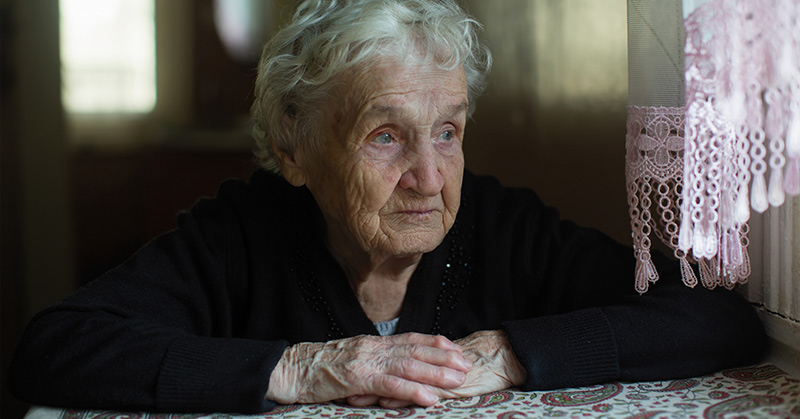As the population ages, loneliness among senior citizens is becoming a pressing concern. A report from the Administration for Community Living and the Administration on Aging revealed that nearly thirty percent of older adults in the US live alone, totaling almost fourteen million people. While not all of them may be lonely, this trend raises questions about social isolation in elderly populations.
Why Are Seniors Lonely?
Various factors contribute to seniors’ loneliness, such as shrinking social circles due to friends and family moving or passing away. Mobility issues, along with hearing or vision impairments, can make social interactions challenging. The use of assistive devices can also trigger feelings of embarrassment, discouraging seniors from leaving their homes and further deepening their isolation.
Loneliness among seniors not only affects their mental well-being but also has significant implications for their physical health. Studies have shown that chronic loneliness can impact memory, physical health, life expectancy, and mental well-being, correlating with a higher risk of various health conditions like high blood pressure, heart disease, and cognitive decline.
Donate Your Words
Initiatives like “Donate Your Words” aim to combat loneliness in seniors by encouraging simple acts of kindness, such as saying hello to an elderly neighbor or offering assistance with daily tasks. These small gestures can brighten an older person’s day and foster connections that alleviate feelings of isolation.
How Else Can We Combat Loneliness in The Elderly?
Listening attentively to seniors, engaging them in activities aligned with their interests, and encouraging social connections can play a crucial role in combating loneliness. By taking an active interest in the older generation and regularly engaging with them, we can make a significant impact on their well-being and quality of life.






